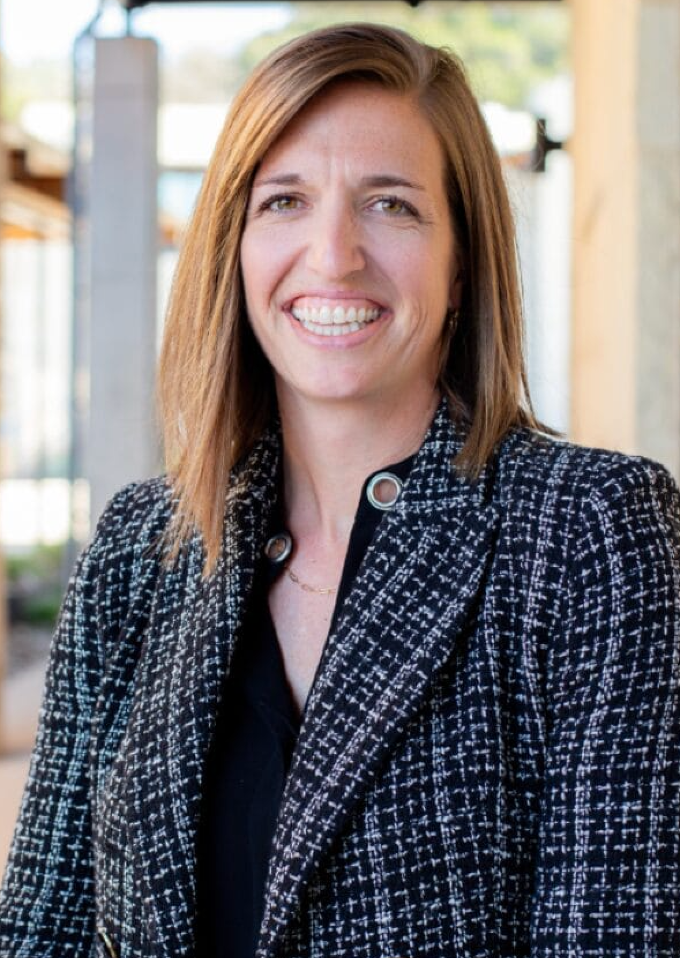October 31, 2025
Teaching
Reimagining school leadership as a collaborative structure that empowers individuals at every level of the system.

Through her work on collaborative school leadership, Lindsay Whorton invites educators to move beyond hierarchy and cultivate a culture of trust, empowerment, and shared purpose.
As a student of Teal Management principles popularized by Frederic Laloux in Reinventing Organizations, I was interested to read Dr. Lindsay Whorton’s ideas on rethinking leadership structures in schools. In her book A New School Leadership Architecture: A Four-Level Framework for Reimagining Roles, she calls for K–12 schools to move away from the traditional “lone-hero principal” model toward more collaborative, distributed leadership. Like Teal Management, her approach emphasizes empowering leaders at every level of a school’s structure to address complex challenges such as teacher burnout, underprepared educators, and operational stress.
Just as Teal organizations are adaptive, purpose-driven, and guided by shared responsibility, Whorton’s leadership model encourages agile, collective decision-making and continuous learning. Both approaches center on people bringing their full selves to work, making meaning together, and shifting from compliance-based to participatory, purpose-led cultures.
Whorton’s framework can be seen as an education-focused expression of Teal Management’s core values—distributed leadership, empowerment, collaboration, and adaptability. It's easy to follow her assertion that schools that adopt her model are more likely to develop the resilience, innovation, and inclusivity needed to thrive in today’s complex learning environments.
BOOK: A New School Leadership Architecture: A Four-Level Framework for Reimagining Roles
AUTHOR INTERVIEW: As Education System Reaches ‘Crisis,’ Book Urges New Model for School Leadership




